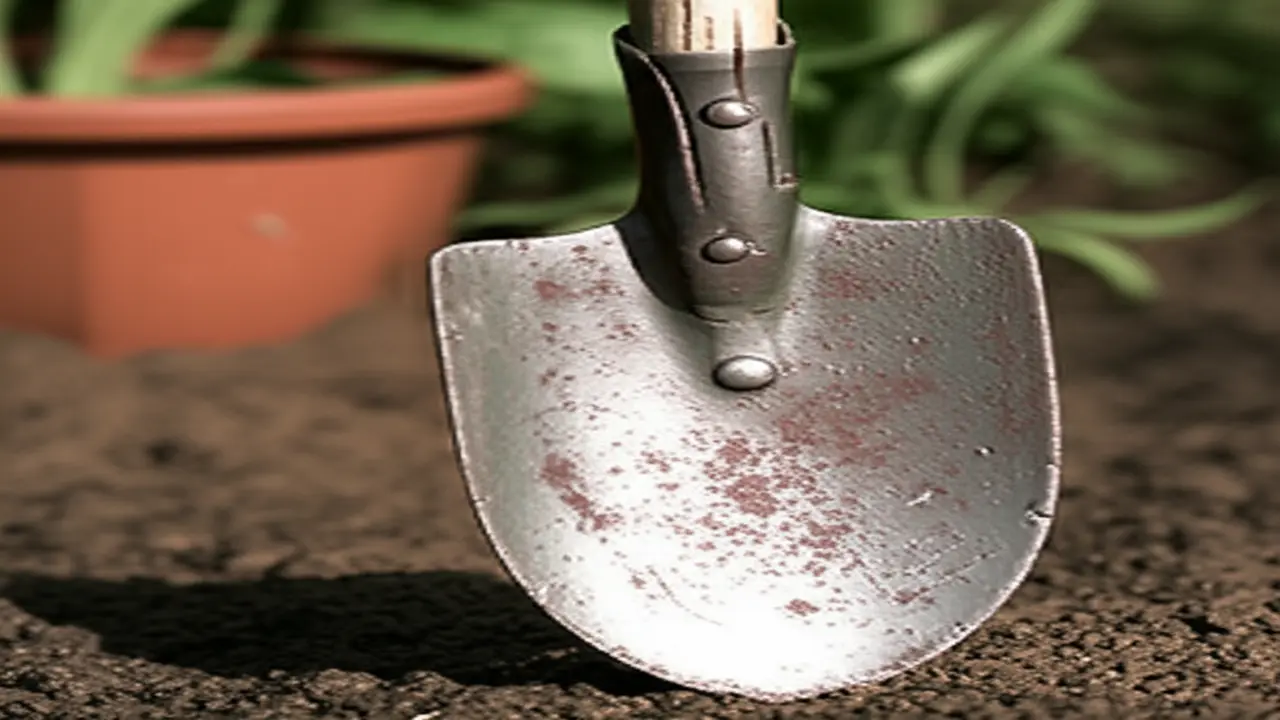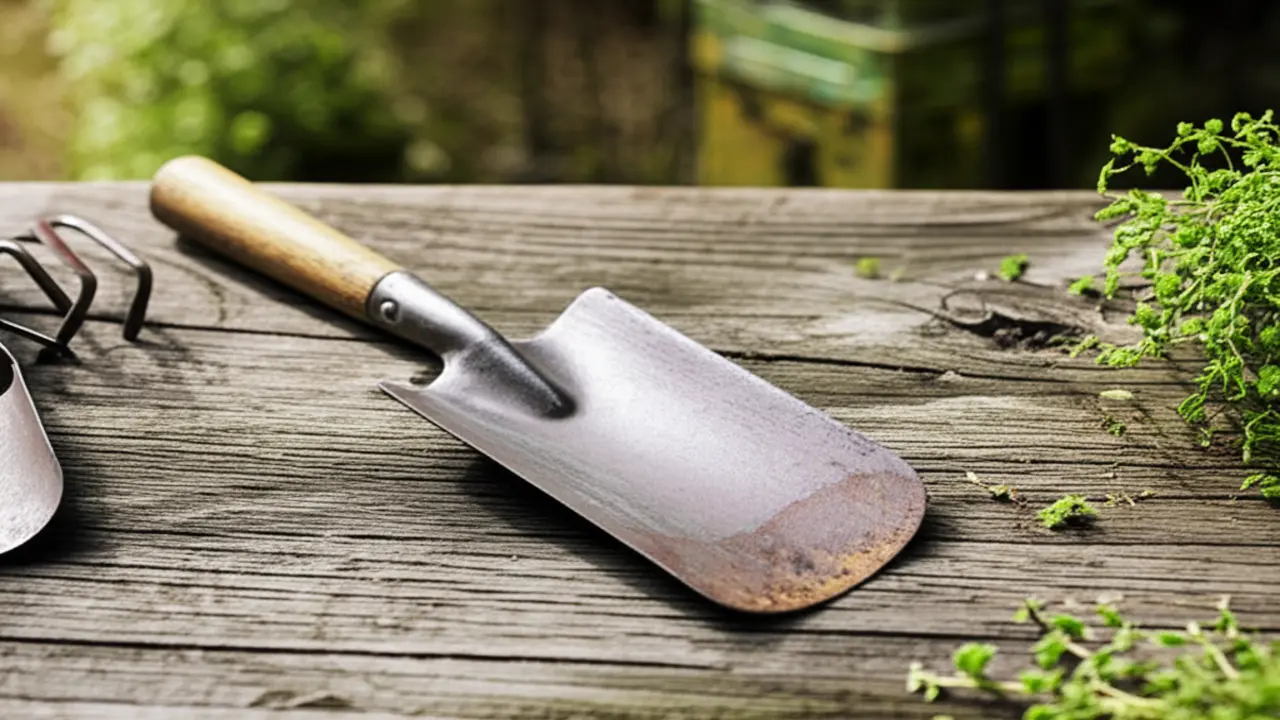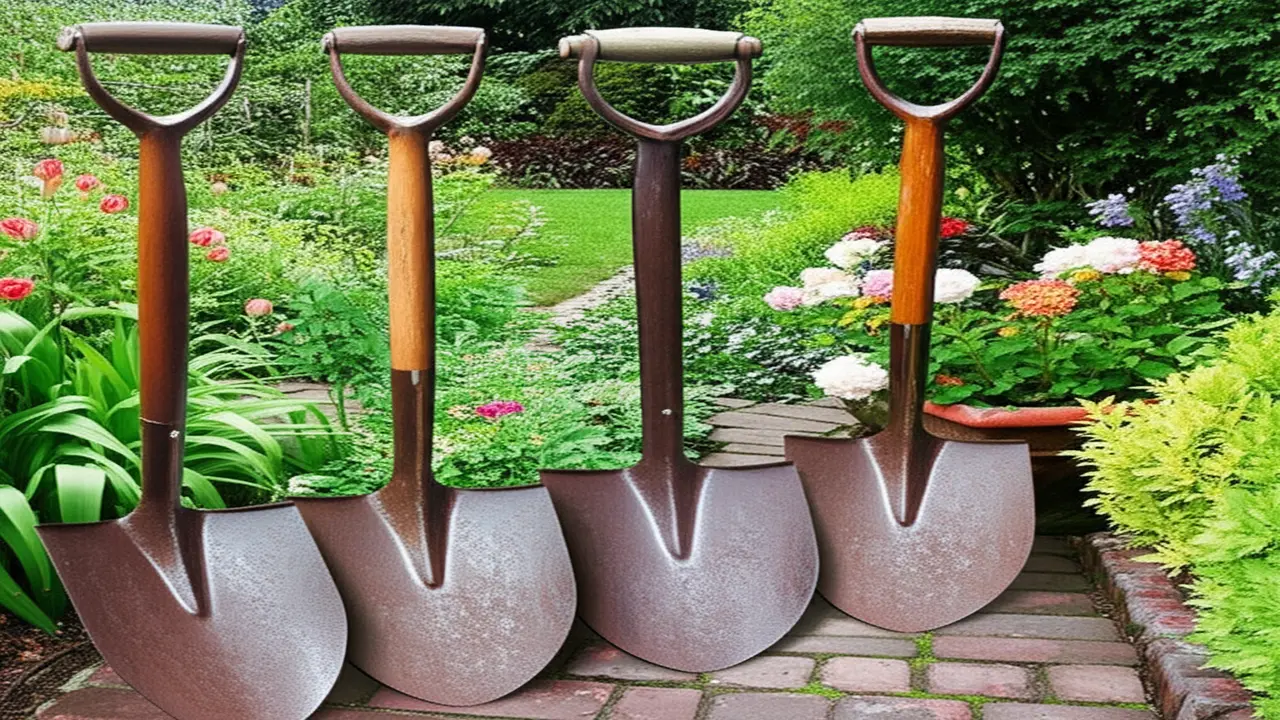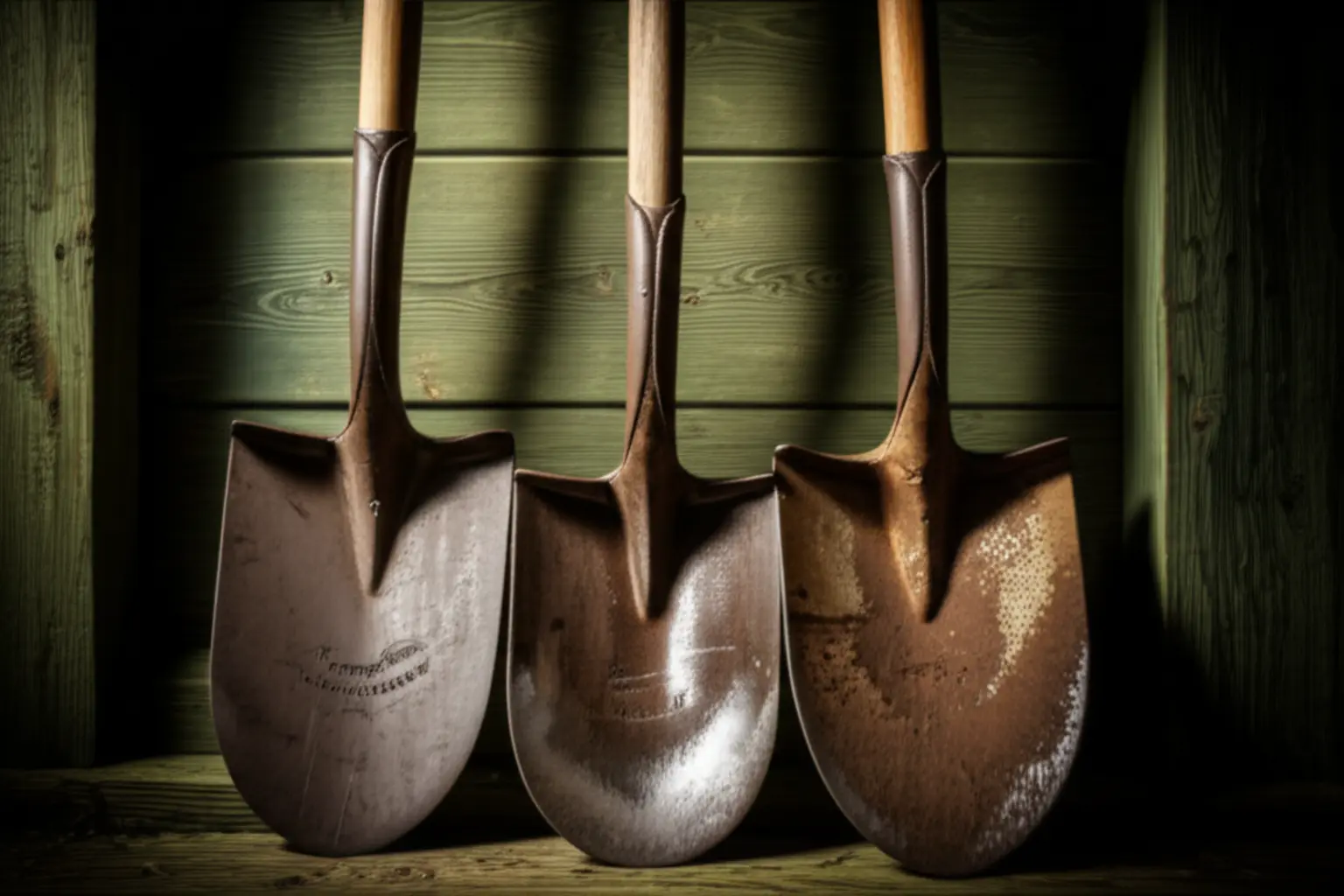1. History and Heritage of English Vintage Garden Spades
Over the decades, vintage garden spades evolved through changes in blade shapes, handle designs, and materials—ranging from ash wood handles to early steel blades with characteristic curls or rounded tips. Each era reflected both technological advances and gardening needs, from the curved Victorian spades designed for heavy soil, to the lighter Edwardian versions for kitchen gardens. Collectors and gardeners value these heritage tools for their provenance and enduring design, making vintage garden spades prized both for function and nostalgia.
Understanding this historical context guides selection of vintage spades with authentic craftsmanship and durability. To complement these findings, explore the comparison with best garden spades 2025 for modern alternatives influenced by this rich heritage.

2. Identifying Your Vintage Garden Spade

3. Evaluating Condition and Authenticity
Reliable methods for confirming originality include comparing maker’s stamps or embossing on the blade with historical references and assessing patina consistency across materials. A genuine vintage garden spade typically shows uniform aging rather than piecemeal repairs. Determining whether a spade is collectible involves evaluating rarity, craftsmanship quality, and brand provenance, while usability depends on structural integrity and handle comfort.
For those considering restoration, prioritize spades with sound metalwork and sturdy handles; replace only what compromises performance. Expert tips include testing for blade sharpness and tension in the socket, as these influence digging efficiency. For comprehensive maintenance advice, exploring garden spade maintenance can help preserve the tool’s function and heritage value. Accurate evaluation assures buyers and collectors of the spade’s true worth, balancing preservation and practical use in the garden.
4. Restoring Vintage Garden Spades: A Practical Guide
Recommended materials include mild abrasives, natural oils, a mill file, and traditional wood finishes. Safety is paramount: always wear gloves and eye protection during rust removal and sharpening to avoid injury. This process not only restores the spade’s utility but preserves the charm and history embedded in vintage garden spades, making them worthy tools for modern gardeners seeking time-tested tools.
For ongoing care after restoration, consider following best practices for garden spade maintenance to extend the lifespan of your restored vintage tool.
5. Caring for Your Restored Vintage Spade
Store your vintage garden spades in a dry area away from direct sunlight and moisture. Hanging them on a wall or placing them off the ground on hooks helps avoid contact with damp surfaces. Establishing these routines respects the historical value of these tools while ensuring they remain functional and beautiful for many gardening seasons. For additional advice on garden tool upkeep, consider exploring our guide on garden spade maintenance, which complements care tips for vintage garden spades.
6. Understanding Value and Collecting Vintage Garden Spades
For collectors starting or expanding their vintage garden spades assemblage, focusing on pieces with clear maker marks and well-preserved wood handles is essential. Examples include spades with distinctive scalloped blades or patented locking mechanisms. Historical narratives amplify appeal; spades manufactured during specific periods, such as early 20th century wartime production, evoke storytelling that enhances collectibility.
Understanding maintenance and careful restoration respects the integrity of vintage spades, preserving their investment and functional beauty. Enthusiasts keen on acquisition benefit from consulting specialized resources and verified auctions. Collecting vintage garden spades is both a journey through gardening heritage and a rewarding pursuit of quality tools. For complementary gardening tools, consider exploring our review of best hand cultivators that pair well with spades in your garden toolkit.

7. Where to Find and How to Buy Vintage Garden Spades in the UK
Online marketplaces like eBay and Etsy offer extensive listings, but buyers should exercise caution: carefully evaluate photos, check seller ratings, and ask about the spade’s history to avoid replicas. Salvage yards or reclamation centres can be hidden gems for finding vintage garden spades at reasonable prices, especially those with wooden handles and forged steel blades.
When buying, inspect for solid construction without excessive rust or damage, and be ready to negotiate prices with realistic expectations. Confirming authenticity often involves checking maker’s marks or engravings, which reputable dealers can assist with. For more advice on selecting quality garden tools, consider our guide on best garden spades 2025. Careful buying through these channels ensures that vintage garden spades don’t just serve their function but also become valued collectibles.
8. Glossary and Resources for Enthusiasts
– Blade: The flat metal part of the spade used for digging and cutting soil.
– Shaft: The handle, typically made of wood or composite materials, attached to the blade.
– Head: The combination of blade and socket where the shaft fits.
– Socket: The area on the blade head where the shaft is inserted and fixed.
– T-handle/D-handle: Types of grips on the shaft providing leverage and control.
– Carbon Steel: A metal alloy prized for durability and sharp edges in vintage spades.
– Patina: The aged surface appearance showing wear and authenticity.
For enthusiasts interested in restoration or sourcing vintage garden spades, consider connecting with specialized restoration suppliers who offer replacement parts and refinishing materials. Reputable maker directories list traditional and artisan spade manufacturers maintaining heritage craftsmanship.
Engaging with UK heritage or gardening societies can deepen knowledge through shared expertise, events, and forums dedicated to traditional garden tools. These groups often offer guidance on preservation techniques specific to vintage garden spades.
For practical restoration guidance, see our detailed advice on carbon steel spade maintenance. To explore current high-quality options blending vintage style with modern functionality, review our best garden spades 2025 selection.
This glossary and resource list empower enthusiasts to appreciate the heritage of vintage garden spades while providing pathways to maintain, restore, and connect with the gardening community in 2025.

